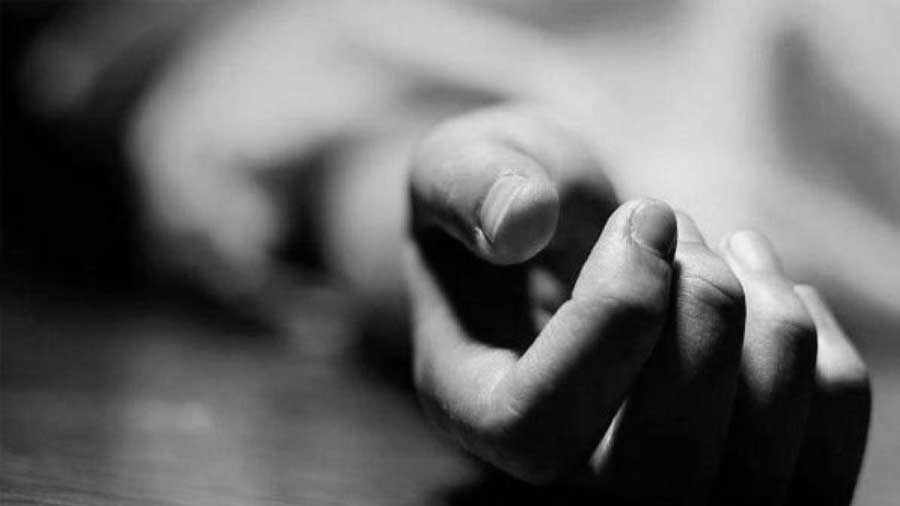The ministry of education has informed the Rajya Sabha that since 2018, as many as 61 students in India’s premier engineering and management institutions — Indian Institutes of Technology, National Institutes of Technology, and Indian Institutes of Management — have committed suicide. Thirty-three of these deaths took place in IITs. In just two-and-a-half months of 2023, six IIT and NIT students have taken their own lives. Associated data show that between 2014- 21, around 58% of students who died by suicide in IIMs and Central universities and institutes were from the scheduled castes, scheduled tribes or other backward classes. These numbers belie the dream of these institutions being “India’s future in the making” as envisaged by the nation’s first prime minister. A variety of factors seem to be pushing students to take such an extreme step. The pressure to succeed in an increasingly competitive world where unemployment is on the rise is a principal factor. Although this is a general trend in education — the National Crime Records Bureau says 13,089 students died by suicide in 2021 — the situation is especially grave in India’s premier educational institutions. The curriculum is challenging: a relative grading system in most IITs, the 85% attendance rule, and the rule of displaying entrance scores are often instrumental in creating pressure and, in turn, differences. It does not help that the counselling centres catering to these institutes are either dysfunctional or overburdened. Worse, students have repeatedly highlighted these issues before the authorities, but to no avail.
But the elephant in this dismal room of death happens to be caste discrimination. Unfortunately, institutional unwillingness to acknowledge this problem remains formidable. IIT Bombay recently refused to shoulder the blame after the death of a Dalit student; this denial was followed by a report from the same institute that showed that caste biases against underprivileged students are alarmingly common on campuses. All this points to a deeper societal failure — the failure of assimilation — in which education and persistent social cleavages are complicit. The irony is palpable. Education is supposedly the path to upward mobility and emancipation from age-old discrimination for socially disadvantaged groups. Yet, the experience of education for those on the margins seems to reinforce the embeddedness of some of the rabid prejudices that endure, blotting the shiny countenance of India’s premier educational institutions.











